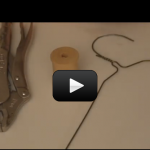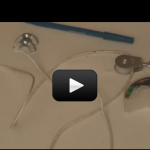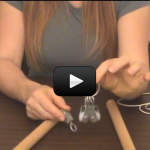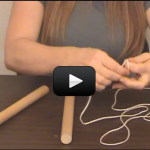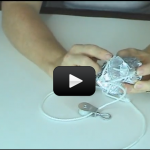When we played with levers we could see that, by using a simple machine, we were able to use less force to move a heavy object than we would have had to use if we didn’t use a simple machine. We also saw that with that lessening of force came an increase in distance. Obviously, you can only make a lever so long. After a while it gets kind of ridiculous. Imagine lifting a concrete block or a car with a lever. That’s a big lever and you probably still wouldn’t be able to lift the car very high. This is where pulleys come in. Are you ready? Let’s get going.
By the use of a pulley (otherwise known as a block and tackle), car mechanics lift 600 lb car engines with one hand! Cranes that lift steel girders and thousand pound air conditioning units are basically pulleys! This video gets you started on the right foot. We’ll outline what’s coming up for this week and how to get the most out of our lesson together.
You can get started by watching this video, and afterward either read more about it or start your experiments!
You can get started by watching this video, and afterward either read more about it or start your experiments!
Scientific Concepts:
- The pulley is a very powerful simple machine.
- A major job of simple machines is to decrease the force needed to move something.
- Flag poles, fishing rods, cranes, window blinds, and wishing wells all have pulleys.
- The more pulleys that are rigged together, the more effective a pulley system can be.
- Pulleys, like all simple machines, sacrifice distance for force. The more distance the effort moves, the less force is needed to lift the load.
- Simple machines give you mechanical advantage.
- Mechanical advantage is simply how many times easier it is to lift an object using a simple machine. Officially, mechanical advantage is the factor by which a mechanism multiplies the force put into it. A simple machine with a mechanical advantage of 100 could lift a 100 pound load with the effort of one pound.

